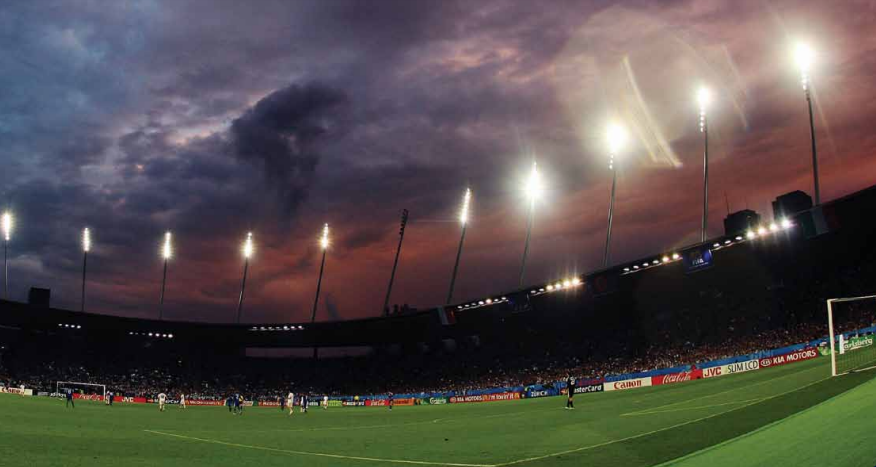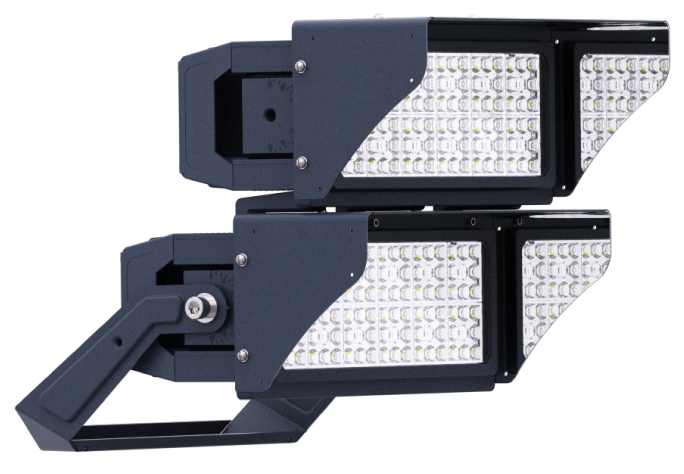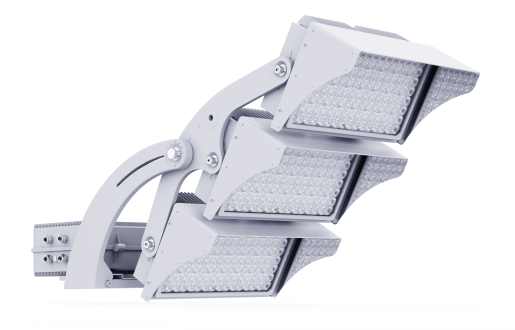Optimizing Football Stadium Lighting for Nighttime Safety and Spectator Experience
Optimizing Football Stadium Lighting for Nighttime Safety and Spectator Experience

Directory:
1. Introduction
2. Lighting Parameters and Standards
3. Design Strategies
Football stadium lighting plays a pivotal role in ensuring athlete safety and enhancing spectator experience during nighttime matches. This article explores the impact of lighting design on dynamic visual tracking, glare control, and color rendering, drawing from technical standards such as FIFA guidelines and EN 12193. Key findings highlight the importance of uniform illuminance (horizontal: 750–1200 lux for professional matches), high color rendering index (Ra ≥ 85), and optimal color temperature (4000–6000K) to reduce player risks and improve viewer comfort. Practical solutions, including LED-based symmetric lighting layouts and dynamic control systems, are discussed to balance performance, energy efficiency, and compliance with international regulations.
1. Introduction
Nighttime football matches demand lighting systems that address two critical objectives:
Athlete Safety: Minimizing visual blind spots and glare to prevent injuries.
Spectator Experience: Ensuring clear, comfortable viewing of fast-paced action.
Studies indicate that 60% of player misjudgments in low-light conditions stem from poor illuminance uniformity. Meanwhile, suboptimal color rendering can reduce spectator engagement by up to 30%.
2. Lighting Parameters and Standards
2.1 Core Metrics
Horizontal Illuminance (Eh):
Professional Matches: 1000–1200 lux (central area), ≥750 lux (perimeter).
Training: 200–500 lux (JGJ 153-2016).
Vertical Illuminance (Ev): ≥750 lux for goal zones (FIFA broadcast standards).
Uniformity Ratios:
U₁ (min/max) > 0.5, U₂ (min/avg) > 0.7 (EN 12193:2019).
Color Performance:
CRI (Ra): ≥90 for accurate jersey/ball color distinction.
Color Temperature: 5000K ± 500K to mimic natural daylight.
2.2 Glare Control
Glare Rating (GR): <40 for HD broadcasts, <50 for amateur games (CIE 112-2019).
Mitigation Strategies: Asymmetric LED optics and baffles to limit direct glare.
3. Design Strategies
3.1 Professional Match Lighting
Layout: Quadrant-symmetric LED floodlights (8–12 units/zone) for even coverage.
Dynamic Control: AI-driven dimming adjusts for match phases (e.g., penalties).
Case Study: A FIFA-compliant stadium reduced glare-related complaints by 45% after adopting 5000K LEDs with U₂ > 0.75 (Zhao, 2025).
3.2 Training & Leisure Venues
Energy Efficiency: Lower Eh (200–500 lux) with motion-activated zoning.
Cost Savings: 30% energy reduction via dimmable LEDs (Li et al., 2021).
4. Related Product
4.1 Sport Light A02

4.2 Sport Light A01

_thumb.jpg)